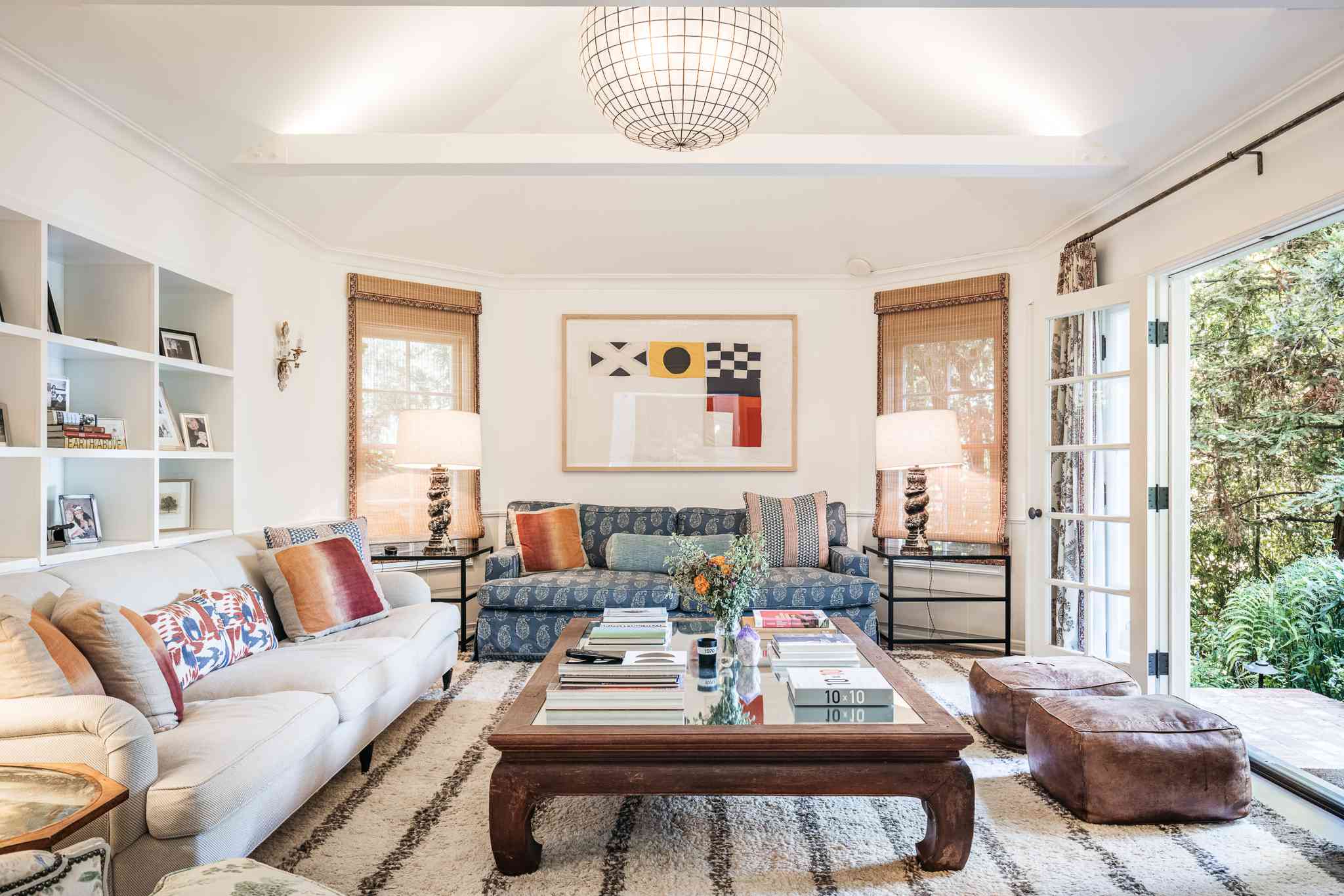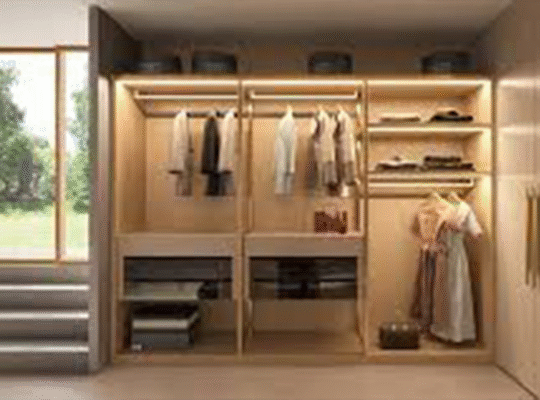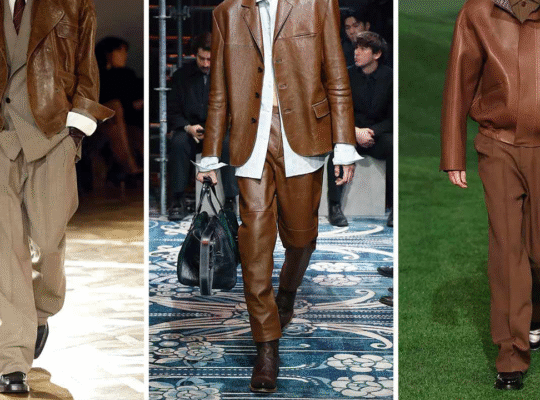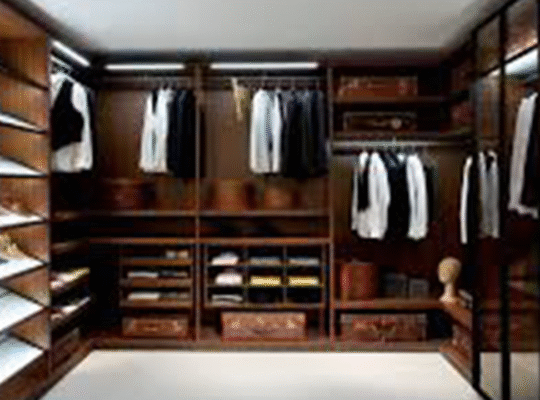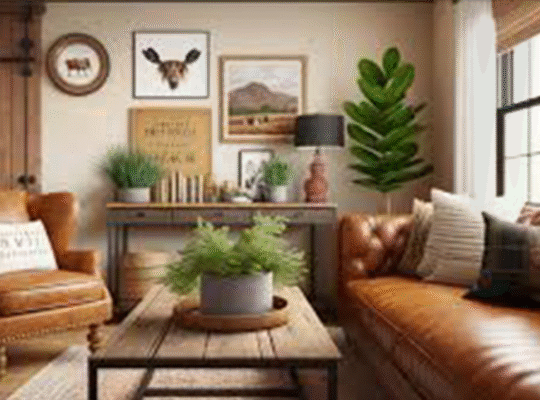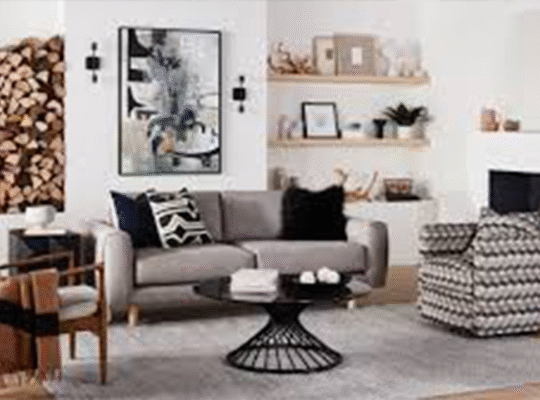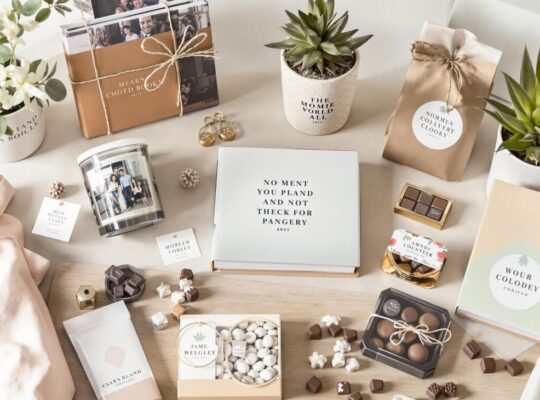Blending modern and vintage furniture in your home can create a uniquely stylish and lived-in look that tells a story while offering the best of both worlds—sleek functionality and timeless charm. However, pulling off this mix without making your space feel disjointed or cluttered takes a bit of strategy and an eye for balance. The key is to approach the combination with intention, treating your space like a curated gallery where every piece has a purpose and complements the others. When done right, mixing modern and vintage furniture can result in a dynamic, sophisticated home that reflects both personality and design savvy.
Start by identifying a dominant style to guide your overall aesthetic. Whether you lean more toward contemporary minimalism or vintage warmth, having one style as the base will help create harmony. For example, if your foundation is modern, you can introduce vintage pieces as accents—like an antique coffee table in a sleek living room or a mid-century armchair next to a modern sofa. This contrast adds character and depth without overwhelming the space. On the flip side, if you have a vintage-heavy space, clean-lined modern lighting or minimalist shelving can freshen up the room and prevent it from feeling dated.
Color coordination is another essential aspect. Mixing styles doesn’t mean abandoning cohesion—your color palette should tie everything together. Choose a few core tones and repeat them throughout your space in various ways, whether in textiles, furniture finishes, or artwork. Neutrals work particularly well for this because they allow both vintage and modern pieces to shine without competing. Similarly, using complementary textures—like pairing a sleek glass table with a worn leather chair or a velvet vintage sofa with a modern metal floor lamp—creates visual interest and tactile variety.
Scale and proportion also play a crucial role in blending different eras. Make sure your furniture pieces are balanced in size so one doesn’t overpower the other. A large modern sectional can be balanced with vintage side tables or a retro rug, while a grand antique armoire might work best in a room with minimal, streamlined furnishings. Keeping the layout airy and functional ensures that each piece stands out without crowding the space.
Accessories and artwork are where you can truly tie the look together. Modern art above a vintage console, or vintage décor styled on a minimalist bookshelf, helps bridge the gap between styles and showcases your personal taste. Don’t be afraid to experiment with layering—throw pillows, rugs, lighting, and plants are all tools that can soften or energize a space, blending the old and new seamlessly.
In the end, mixing modern and vintage furniture is less about following strict design rules and more about creating a space that feels authentic to you. It’s about celebrating craftsmanship from different eras, playing with contrast, and finding beauty in the unexpected. With a thoughtful approach and an open mind, you can design a home that is not only visually stunning but also full of stories, soul, and style.
Blending modern and vintage furniture in your home can create a uniquely stylish and lived-in look that tells a story while offering the best of both worlds—sleek functionality and timeless charm. However, pulling off this mix without making your space feel disjointed or cluttered takes a bit of strategy and an eye for balance. The key is to approach the combination with intention, treating your space like a curated gallery where every piece has a purpose and complements the others. When done right, mixing modern and vintage furniture can result in a dynamic, sophisticated home that reflects both personality and design savvy.
Start by identifying a dominant style to guide your overall aesthetic. Whether you lean more toward contemporary minimalism or vintage warmth, having one style as the base will help create harmony. For example, if your foundation is modern, you can introduce vintage pieces as accents—like an antique coffee table in a sleek living room or a mid-century armchair next to a modern sofa. This contrast adds character and depth without overwhelming the space. On the flip side, if you have a vintage-heavy space, clean-lined modern lighting or minimalist shelving can freshen up the room and prevent it from feeling dated.
Color coordination is another essential aspect. Mixing styles doesn’t mean abandoning cohesion—your color palette should tie everything together. Choose a few core tones and repeat them throughout your space in various ways, whether in textiles, furniture finishes, or artwork. Neutrals work particularly well for this because they allow both vintage and modern pieces to shine without competing. Similarly, using complementary textures—like pairing a sleek glass table with a worn leather chair or a velvet vintage sofa with a modern metal floor lamp—creates visual interest and tactile variety.
Scale and proportion also play a crucial role in blending different eras. Make sure your furniture pieces are balanced in size so one doesn’t overpower the other. A large modern sectional can be balanced with vintage side tables or a retro rug, while a grand antique armoire might work best in a room with minimal, streamlined furnishings. Keeping the layout airy and functional ensures that each piece stands out without crowding the space.
Accessories and artwork are where you can truly tie the look together. Modern art above a vintage console, or vintage décor styled on a minimalist bookshelf, helps bridge the gap between styles and showcases your personal taste. Don’t be afraid to experiment with layering—throw pillows, rugs, lighting, and plants are all tools that can soften or energize a space, blending the old and new seamlessly.
In the end, mixing modern and vintage furniture is less about following strict design rules and more about creating a space that feels authentic to you. It’s about celebrating craftsmanship from different eras, playing with contrast, and finding beauty in the unexpected. With a thoughtful approach and an open mind, you can design a home that is not only visually stunning but also full of stories, soul, and style.
Blending modern and vintage furniture in your home can create a uniquely stylish and lived-in look that tells a story while offering the best of both worlds—sleek functionality and timeless charm. However, pulling off this mix without making your space feel disjointed or cluttered takes a bit of strategy and an eye for balance. The key is to approach the combination with intention, treating your space like a curated gallery where every piece has a purpose and complements the others. When done right, mixing modern and vintage furniture can result in a dynamic, sophisticated home that reflects both personality and design savvy.
Start by identifying a dominant style to guide your overall aesthetic. Whether you lean more toward contemporary minimalism or vintage warmth, having one style as the base will help create harmony. For example, if your foundation is modern, you can introduce vintage pieces as accents—like an antique coffee table in a sleek living room or a mid-century armchair next to a modern sofa. This contrast adds character and depth without overwhelming the space. On the flip side, if you have a vintage-heavy space, clean-lined modern lighting or minimalist shelving can freshen up the room and prevent it from feeling dated.
Color coordination is another essential aspect. Mixing styles doesn’t mean abandoning cohesion—your color palette should tie everything together. Choose a few core tones and repeat them throughout your space in various ways, whether in textiles, furniture finishes, or artwork. Neutrals work particularly well for this because they allow both vintage and modern pieces to shine without competing. Similarly, using complementary textures—like pairing a sleek glass table with a worn leather chair or a velvet vintage sofa with a modern metal floor lamp—creates visual interest and tactile variety.
Scale and proportion also play a crucial role in blending different eras. Make sure your furniture pieces are balanced in size so one doesn’t overpower the other. A large modern sectional can be balanced with vintage side tables or a retro rug, while a grand antique armoire might work best in a room with minimal, streamlined furnishings. Keeping the layout airy and functional ensures that each piece stands out without crowding the space.
Accessories and artwork are where you can truly tie the look together. Modern art above a vintage console, or vintage décor styled on a minimalist bookshelf, helps bridge the gap between styles and showcases your personal taste. Don’t be afraid to experiment with layering—throw pillows, rugs, lighting, and plants are all tools that can soften or energize a space, blending the old and new seamlessly.
In the end, mixing modern and vintage furniture is less about following strict design rules and more about creating a space that feels authentic to you. It’s about celebrating craftsmanship from different eras, playing with contrast, and finding beauty in the unexpected. With a thoughtful approach and an open mind, you can design a home that is not only visually stunning but also full of stories, soul, and style.
Blending modern and vintage furniture in your home can create a uniquely stylish and lived-in look that tells a story while offering the best of both worlds—sleek functionality and timeless charm. However, pulling off this mix without making your space feel disjointed or cluttered takes a bit of strategy and an eye for balance. The key is to approach the combination with intention, treating your space like a curated gallery where every piece has a purpose and complements the others. When done right, mixing modern and vintage furniture can result in a dynamic, sophisticated home that reflects both personality and design savvy.
Start by identifying a dominant style to guide your overall aesthetic. Whether you lean more toward contemporary minimalism or vintage warmth, having one style as the base will help create harmony. For example, if your foundation is modern, you can introduce vintage pieces as accents—like an antique coffee table in a sleek living room or a mid-century armchair next to a modern sofa. This contrast adds character and depth without overwhelming the space. On the flip side, if you have a vintage-heavy space, clean-lined modern lighting or minimalist shelving can freshen up the room and prevent it from feeling dated.
Color coordination is another essential aspect. Mixing styles doesn’t mean abandoning cohesion—your color palette should tie everything together. Choose a few core tones and repeat them throughout your space in various ways, whether in textiles, furniture finishes, or artwork. Neutrals work particularly well for this because they allow both vintage and modern pieces to shine without competing. Similarly, using complementary textures—like pairing a sleek glass table with a worn leather chair or a velvet vintage sofa with a modern metal floor lamp—creates visual interest and tactile variety.
Scale and proportion also play a crucial role in blending different eras. Make sure your furniture pieces are balanced in size so one doesn’t overpower the other. A large modern sectional can be balanced with vintage side tables or a retro rug, while a grand antique armoire might work best in a room with minimal, streamlined furnishings. Keeping the layout airy and functional ensures that each piece stands out without crowding the space.
Accessories and artwork are where you can truly tie the look together. Modern art above a vintage console, or vintage décor styled on a minimalist bookshelf, helps bridge the gap between styles and showcases your personal taste. Don’t be afraid to experiment with layering—throw pillows, rugs, lighting, and plants are all tools that can soften or energize a space, blending the old and new seamlessly.
In the end, mixing modern and vintage furniture is less about following strict design rules and more about creating a space that feels authentic to you. It’s about celebrating craftsmanship from different eras, playing with contrast, and finding beauty in the unexpected. With a thoughtful approach and an open mind, you can design a home that is not only visually stunning but also full of stories, soul, and style.
Blending modern and vintage furniture in your home can create a uniquely stylish and lived-in look that tells a story while offering the best of both worlds—sleek functionality and timeless charm. However, pulling off this mix without making your space feel disjointed or cluttered takes a bit of strategy and an eye for balance. The key is to approach the combination with intention, treating your space like a curated gallery where every piece has a purpose and complements the others. When done right, mixing modern and vintage furniture can result in a dynamic, sophisticated home that reflects both personality and design savvy.
Start by identifying a dominant style to guide your overall aesthetic. Whether you lean more toward contemporary minimalism or vintage warmth, having one style as the base will help create harmony. For example, if your foundation is modern, you can introduce vintage pieces as accents—like an antique coffee table in a sleek living room or a mid-century armchair next to a modern sofa. This contrast adds character and depth without overwhelming the space. On the flip side, if you have a vintage-heavy space, clean-lined modern lighting or minimalist shelving can freshen up the room and prevent it from feeling dated.
Color coordination is another essential aspect. Mixing styles doesn’t mean abandoning cohesion—your color palette should tie everything together. Choose a few core tones and repeat them throughout your space in various ways, whether in textiles, furniture finishes, or artwork. Neutrals work particularly well for this because they allow both vintage and modern pieces to shine without competing. Similarly, using complementary textures—like pairing a sleek glass table with a worn leather chair or a velvet vintage sofa with a modern metal floor lamp—creates visual interest and tactile variety.
Scale and proportion also play a crucial role in blending different eras. Make sure your furniture pieces are balanced in size so one doesn’t overpower the other. A large modern sectional can be balanced with vintage side tables or a retro rug, while a grand antique armoire might work best in a room with minimal, streamlined furnishings. Keeping the layout airy and functional ensures that each piece stands out without crowding the space.
Accessories and artwork are where you can truly tie the look together. Modern art above a vintage console, or vintage décor styled on a minimalist bookshelf, helps bridge the gap between styles and showcases your personal taste. Don’t be afraid to experiment with layering—throw pillows, rugs, lighting, and plants are all tools that can soften or energize a space, blending the old and new seamlessly.
In the end, mixing modern and vintage furniture is less about following strict design rules and more about creating a space that feels authentic to you. It’s about celebrating craftsmanship from different eras, playing with contrast, and finding beauty in the unexpected. With a thoughtful approach and an open mind, you can design a home that is not only visually stunning but also full of stories, soul, and style.vvv


